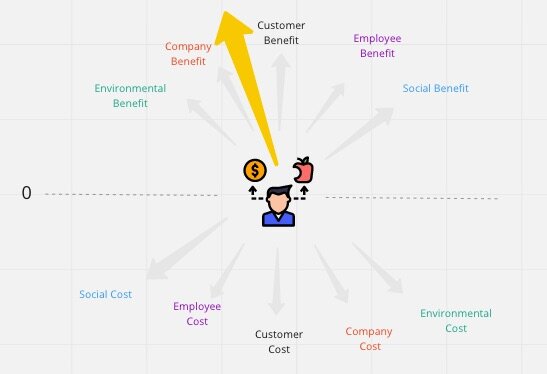The Satir Interaction Model and Hand Reading
Essentially the Satir model involves processing of communication via several steps: Intake, Meaning, Significance and Response. Teaching yourself to be disciplined about progressing through these steps helps greatly with minimizing miscommunication. The idea is that whenever you receive information (e.g. someone engages you in conversation) that you ask yourself the following questions before responding:
What did I just see and/or hear (sometimes, smell, taste, touch)?
The facts.
What does it mean?
Possible interpretations based on context.
How did it make me feel?
Significance based on my mindset
How should I respond?
Poker is a game of communication; telling a story based on the movement of chips in relation to the exposure of community cards. Perhaps the Satir model is useful in reading opponents' hands in a NLHE tournament, street by street. Here's a pre-flop example:
What did I just see (action)?
A player with the table chip lead opened to 2.5x from middle position and there is a short-stacked player in the big blind with 8 big blinds remaining. The action folds to me in the small blind.
What could it mean (ranges)?
What ranges of hands could these facts represent? Based on previous hands shown down and activity, the raiser is likely to have any: suited connector 89+, pair 22+, or A10+. The big blind may be prone to shove all of their chips in the middle as a re-raise with any suited ace, any pair, or hands as weak as J10s
What is the significance to me (what are my reasonable options)?
I'm in the small blind with AQs and 40BB. I'm willing to call a shove from the big blind with this hand but I'll need to exercise some cautioun against the raiser. The raiser must know that the big blind is likely to shove and therefore he's either willing to fold to a shove or is willing to call a shove. I could re-raise in hopes of isolating the big blind but I would risk playing out of position against the raiser regardless of the raiser's actions. I could simply call the raise (potentially inducing a shove from the big blind), see what the big blind does, how the original raiser reacts and re-evaluate.
Based on all that, what should my response be?
I choose to re-raise to 6x.
On further streets, of course, the answer to the first question is additive and ideally the answer to the second question becomes more refined.
Are your opponents analyzing your responses this way?
What a game!












